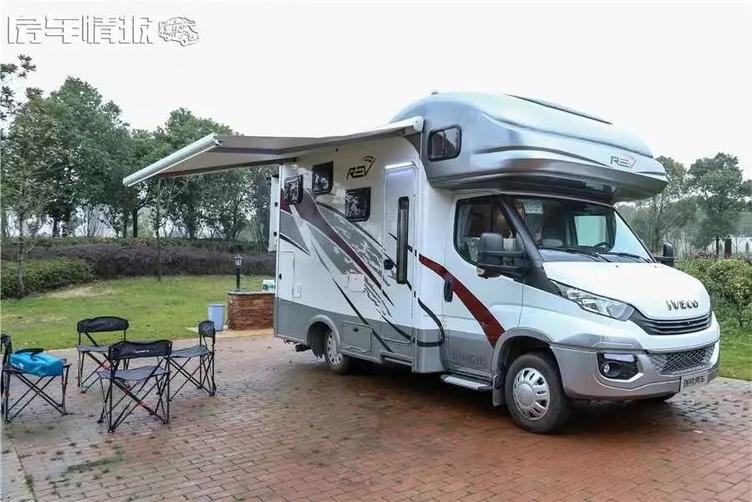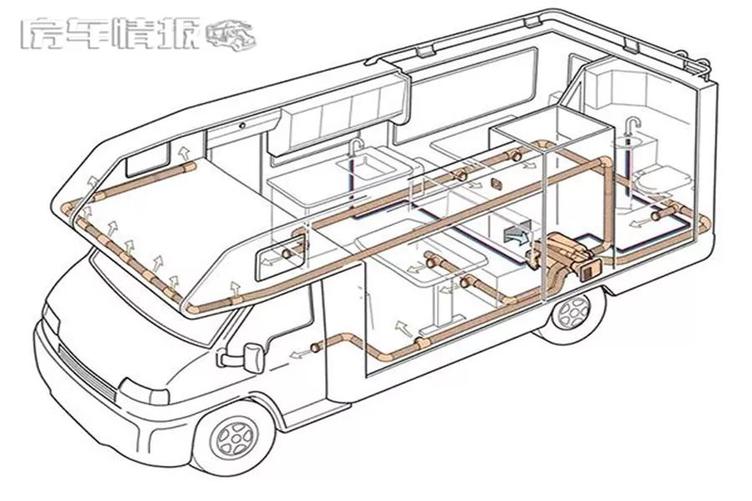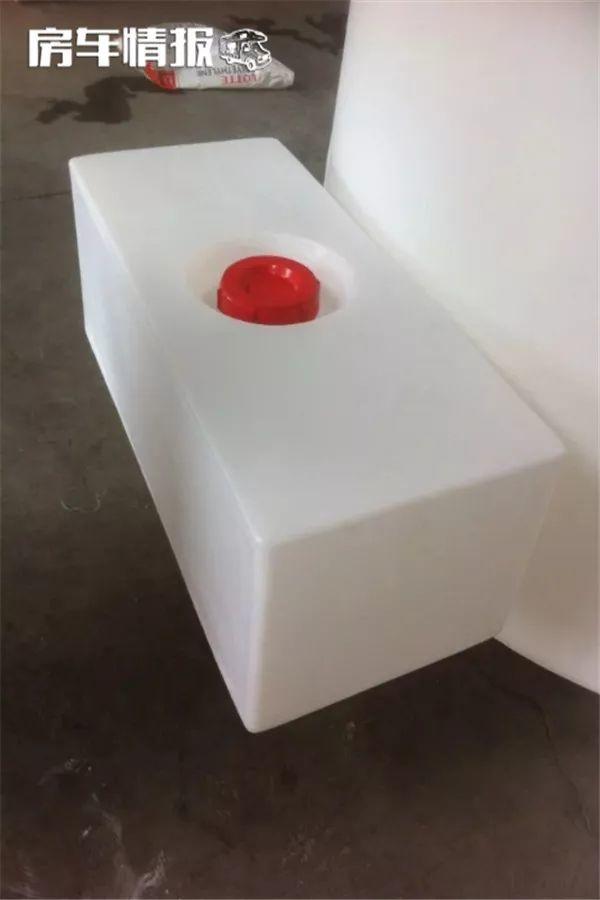Hello everyone, Brother Intelligence’s RV Knowledge Lecture has started again. Today I will talk to you about the water use of RVs. To put it bluntly, a RV is a mobile home. Since it is a home, it will involve water issues. Usually Water is used for drinking, cooking, and washing. So how does the RV solve the water problem? Brother Intelligence has sorted out some information and shared it with you. I hope it can bring you some help. If there are any deficiencies, I hope you can comment District criticism and correction.

1. What is the water system of the RV composed of?
A complete caravan water system, including water supply system and sewage treatment system. It basically consists of a clean water tank, a black water tank and a gray water tank.

The function of the clean water tank: a water tank used to store clean drinking water and domestic water, which is also the source of water for the RV.
The function of the gray water tank: it is used to collect and treat domestic wastewater on the RV, such as the drainage of the wash basin and the general drainage of the toilet.
The function of the black water tank: a water tank used to store waste water and feces discharged from the toilet. Special degradants and deodorants are generally added to the black water tank, which can better remove solids and remove odors, and provide a beautiful environment for the RV.
The positions of these three water tanks are on the chassis of the RV, and the specific conditions vary from car to car.
2. How long can the water stored in the RV be used? How to add water? How to deal with sewage
RVs are basically equipped with water pipes, and when you want to use it, you can open the side water inlet lock to add water to it. As for the problem of water connection, it is easier to solve, as long as there is a tap, you can connect to the water pipe to add water.
The specifications of common clean water tanks for RVs are 118L, 100L, and 70L. If it is 100L, it can probably satisfy three to four people after being filled, and normal water for one to two days. And the clean water tank has an independent water level display on the control panel of the RV.
Sewage treatment: Gray water tanks and black water tanks are discharged from the sewers of RV camps; but at present, there are relatively few standard camps in our country, and some people choose to discharge directly in the wild when they cannot find a campsite (with guarantee without polluting the environment).
These two water tanks also have independent water level displays on the control panel of the RV. When they are almost full and need to be discharged, a warning color light will be displayed.

3. RV water tank materials and their respective advantages and disadvantages
At present, the materials of RV water tanks on the market are generally divided into two types: plastic and stainless steel. High temperature and low temperature, not easy to age, easy to clean, long service life, high mass production efficiency and low cost. Disadvantages: Need to put into the mold, change the shape or size to open the mold again.
The advantages of stainless steel water tanks: not easy to rust, not easy to whip, corrosion resistance, easy installation, no maintenance, easy to clean, disadvantages: high labor costs, batch production errors, if the welded stainless steel welds after welding are not removed Oxide skin treatment, and then apply trace inert element anti-corrosion treatment technology to the entire water tank liner, which will affect hygiene.
At present, the knowledge about the RV water tank collected by the intelligence brother is the above. Welcome all enthusiastic netizens to criticize and correct me. This is the end of today’s RV knowledge lecture. See you next time.




